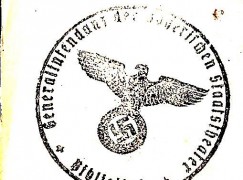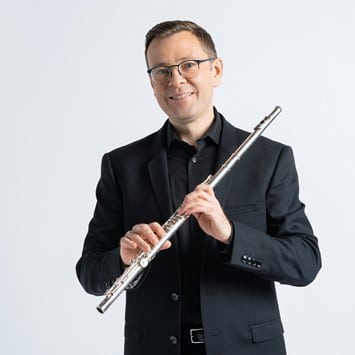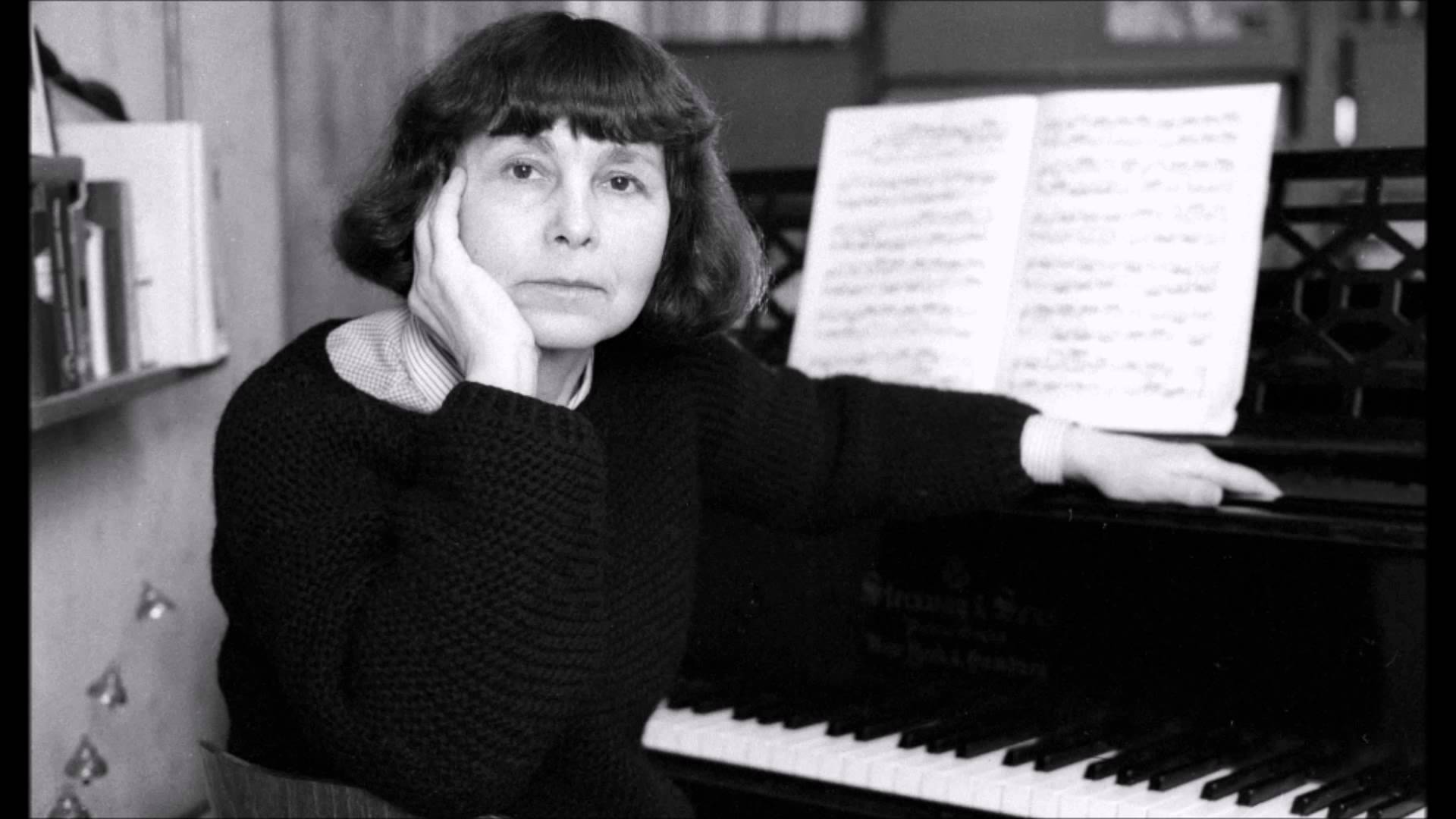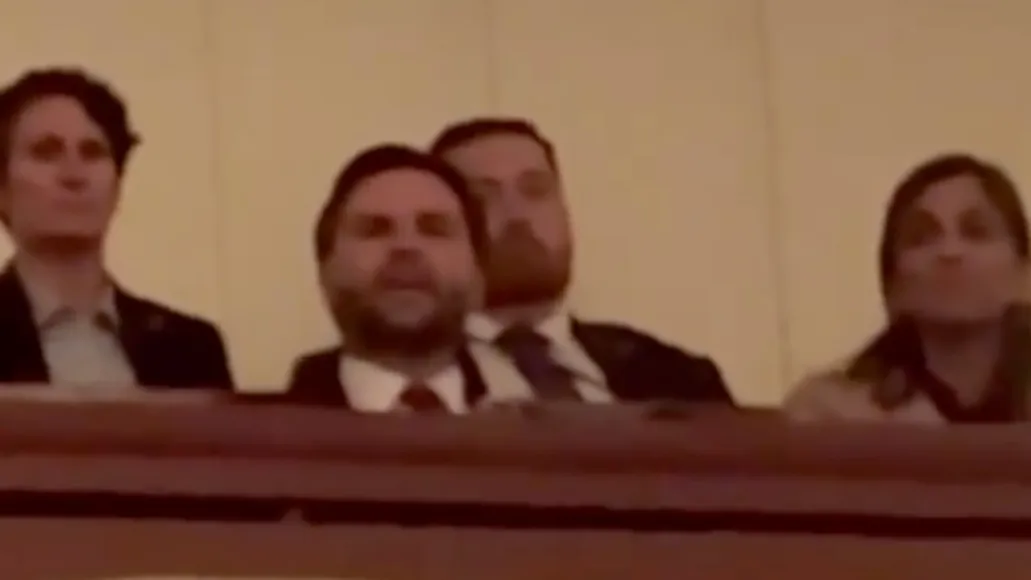A musical protest written in a Nazi camp
OrchestrasAbe Gurko writes:
Won’t Be Silent- A Song of Hope is a documentary in development about the music of resistance inspired by a recently discovered, long-lost piece of music that my uncle Wolf Durmashkin—a renowned composer/conductor—wrote while in captivity in a concentration camp in 1943. He was killed hours before the liberation. Won’t Be Silent traces the journey this healing piece of music and explores the power of music and its ability to motivate and uplift people to take action and speak up against social injustice.






Comments